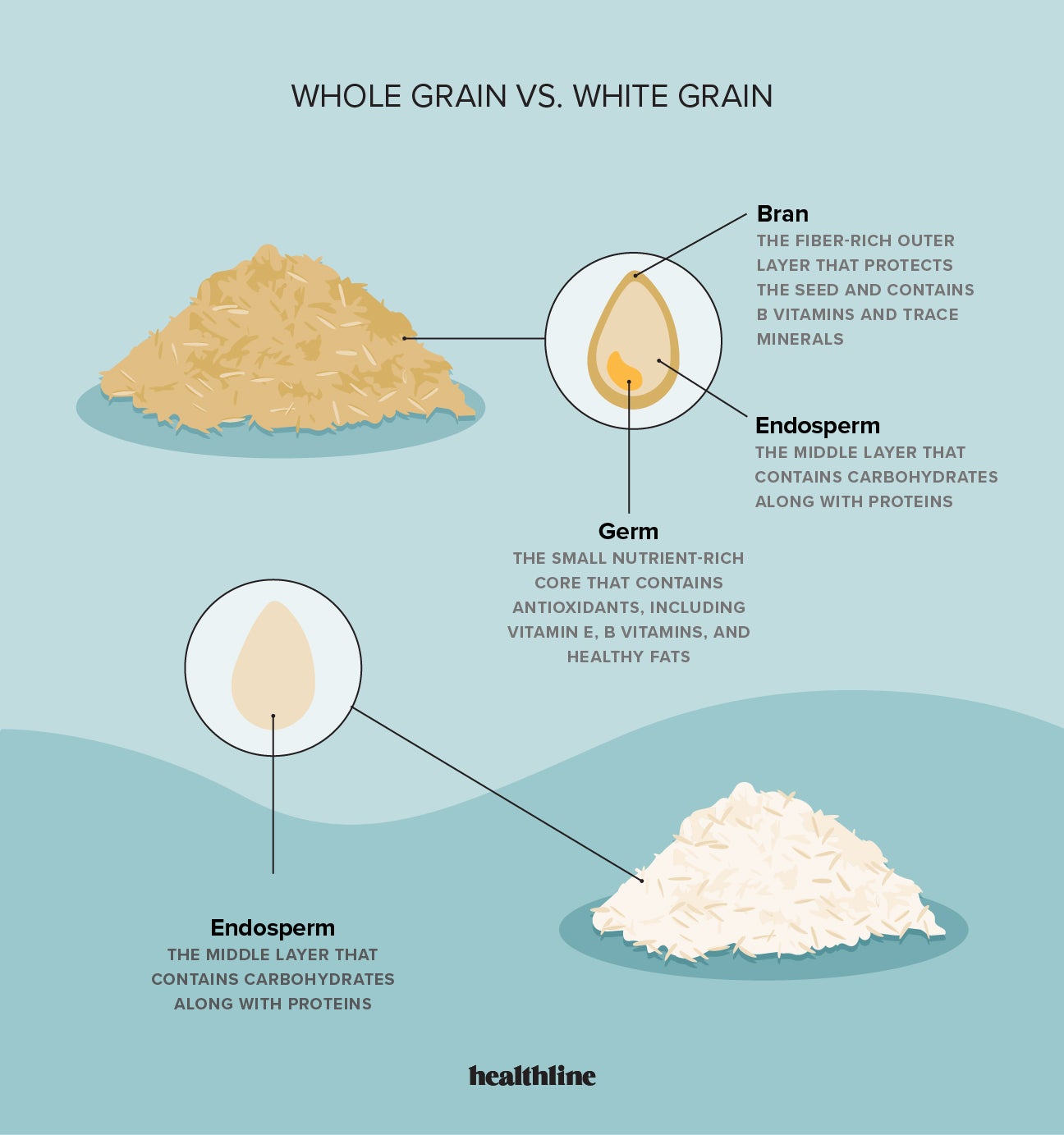Practical Ways to Let Things Go and Improve Your 2025
Letting go is a profound journey that not only affects our emotional well-being but also enriches our personal growth. As we step into 2025, cultivating the ability to release past burdens, toxic relationships, and negative emotions is essential for fostering happiness and success. The process of letting go can be challenging, yet the rewards are immense. Improved emotional resilience, inner peace, and an enhanced capacity for self-acceptance are just a few of the transformative results that come from actively engaging in this practice.
This article explores various self-help techniques, coping strategies, and emotional healing practices that will guide you on your journey to let go and move forward. From understanding emotional intelligence to implementing mindfulness practices, we’ll provide a roadmap that encourages emotional clarity and personal empowerment. By embracing change and learning how to release, you can truly reclaim your happiness in the upcoming year.
Key takeaways from this article include: methods for cultivating emotional resilience, strategies for distance from toxic relationships, and practical techniques for achieving inner peace. Let's dive into the powerful journey of letting go and discover how we can overcome emotional disturbances and ultimately find freedom.
Understanding the Letting Go Process
Before embarking on the journey of letting go, it's crucial to understand what it entails. The letting go process involves not just emotional release but also acceptance and closure. Acceptance means recognizing that certain situations or relationships are no longer beneficial to our growth or happiness. Emotional release is about freeing oneself from the burden of unresolved feelings, which can otherwise hinder personal development and overall emotional wellbeing.
Defining What It Means to Let Go
To truly understand letting go, we must first define it. At its core, letting go means releasing attachment to people, situations, or emotions that no longer serve us. This could involve moving past grief, accepting change, or freeing yourself from unhealthy relationships. It’s about making a conscious decision to move forward, despite the emotional baggage that may weigh us down.
Identifying Why Letting Go is Important
Letting go isn't just a whimsical idea; it’s a vital aspect of emotional intelligence. When we cling to past hurts or toxic connections, we limit our potential for happiness. By practicing emotional detachment and boundary setting, we create space for new relationships and experiences that can enrich our lives. Understanding the importance of this process can inspire motivation and encourage transformative change.
Recognizing Emotional Baggage
Emotional baggage refers to the unresolved emotions that linger from past experiences. This may include feelings of anger, regret, or fear that can impede our growth. Recognizing the weight of emotional baggage is the first step towards emotional healing. By engaging in self-discovery strategies, such as journaling for healing or reflective practices, we can bring clarity to our emotions and begin the healing process.
Techniques for Effective Emotional Release
Building on the understanding of letting go, next, we will explore practical techniques for emotional release. These methods can help facilitate the process of freeing oneself from past negativity and encouraging a positive mindset moving forward.
Mindfulness Practices for Emotional Clarity
Mindfulness is a powerful practice that encourages being present in the moment while acknowledging one’s feelings without judgment. Techniques such as meditation and insightful journaling can foster emotional clarity and allow individuals to process feelings healthily. Mindful living promotes acceptance of change, enabling us to confront our emotions rather than suppress them.
Setting Healthy Boundaries
Setting boundaries is crucial for emotional wellbeing and helps in managing relationships. Understanding your limits and communicating them effectively can create space for healthier interactions. By distancing oneself from toxic relationships or negative environments, one can cultivate an atmosphere of emotional safety and self-empowerment.
Utilizing Cognitive Behavioral Therapy Techniques
Cognitive Behavioral Therapy (CBT) is a structured, goal-oriented approach to understanding and changing emotional responses. By utilizing CBT techniques, individuals can learn to identify their triggers, reframe negative thoughts, and improve problem-solving skills. This therapeutic practice aids in managing emotions and learning effective coping strategies during life transitions.
Practicing Self-Care for Emotional Wellbeing
With these techniques established, it's vital to recognize the role of self-care in the letting go process. Self-care practices foster emotional resilience and promote personal growth, making it easier to navigate challenging situations and embrace change.
Self-Reflection and Emotional Awareness
Engaging in self-reflection is a fundamental self-help technique that encourages understanding personal motivations and emotions. This practice allows individuals to embark on a self-discovery journey, identifying areas in life that may require emotional cleanup. Through emotional awareness, one can explore feelings deeply and draw lessons from past experiences, aiding in the path to healing.
Incorporating Gratitude Practices
Gratitude is a powerful tool that can shift one’s perspective on life. By regularly practicing gratitude, individuals can focus on positive aspects rather than dwelling on the past. This shift fosters emotional growth and enhances resilience, helping to overcome loss and accept change. A gratitude journal can be an effective way to document positive experiences, reinforcing a mindset of appreciation.
Creating a Self-Improvement Plan
Developing a self-improvement plan is instrumental in facilitating emotional growth. This plan may include setting personal goals, practicing positive affirmations, and incorporating relaxation methods into your routine. By actively taking steps towards personal development, individuals can embrace change and cultivate confidence in their emotional resilience.
Cultivating Inner Peace Through Emotional Healing
As we journey further into practical ways to let go, the focus now will be on cultivating inner peace through emotional healing processes. Healing from trauma and emotional disturbances can pave the way to building a positive relationship with oneself and others.
The Role of Forgiveness in Letting Go
Forgiveness is a significant step in emotional healing. It’s about releasing negative feelings toward individuals or situations that have caused harm. Engaging in forgiveness exercises can help in processing emotional wounds, allowing individuals to let go of past grievances and move forward. This process promotes emotional resilience and strengthens one’s capacity for empathy.
Using Journaling as a Healing Tool
Journaling serves as a therapeutic outlet for emotional expression. It invites individuals to explore their thoughts and feelings deeply, facilitating emotional processing. Writing allows for reflection on experiences and can aid in understanding emotions and identifying patterns. This practice can reinforce the process of letting go and embracing change.
Practicing Visualization Techniques
Visualization is a potent NLP technique that can facilitate letting go and emotional release. By envisioning oneself free from emotional burdens, individuals can create a mental scenario that fosters peace and acceptance. Visualization excellence complements practical mindfulness, contributing to stronger emotional clarity and self-acceptance.
Finding Freedom by Accepting Change
Having established the importance of letting go and self-care, understanding how to accept change is essential for overall growth and emotional wellbeing. Acceptance empowers individuals to navigate life’s transitions confidently.
Coping Strategies for Managing Change
Life transitions can often be challenging, but having coping strategies can ease emotional turbulence. Learning to embrace change and develop emotional boundaries helps reinforce resilience. By identifying triggers and utilizing positive affirmations, individuals can approach change as an opportunity for growth rather than a setback.
Building Confidence Through Self-Acceptance
Self-acceptance is a critical component of personal growth. By recognizing one’s strengths and weaknesses, individuals can cultivate confidence and inner peace. Embracing change and practicing self-love fosters emotional intelligence, allowing for a more profound understanding of oneself and one’s emotions, paving the way for future happiness.
How to Reclaim Your Happiness
Reclaiming happiness involves actively letting go of negativity and fostering a positive mindset. By integrating self-help practices, such as emotional cleanup and boundary setting, individuals can create a fulfilling life marked by joy and resilience. Choosing joy and practicing acceptance are essential in the journey towards personal empowerment and finding freedom.
Conclusion: Choosing Joy and Moving Forward
As we close this exploration of letting go and emotional release, it becomes evident that the journey to emotional healing involves understanding, acceptance, and proactive self-care. By utilizing various techniques and fostering emotional resilience, we can prepare ourselves for a brighter 2025 filled with joy and personal growth. Don't forget the power of positive affirmations, mindfulness practices, and journaling as tools that can assist in moving past pain and finding purpose.
Letting go isn't simply about closing chapters; it's about beginning new ones with clarity and confidence. As you embrace change this year, remember to cultivate inner peace, practice emotional boundaries, and prioritize self-love. Healing isn't linear, but with commitment and multifaceted approaches, you can navigate through challenges and reclaim your happiness.


